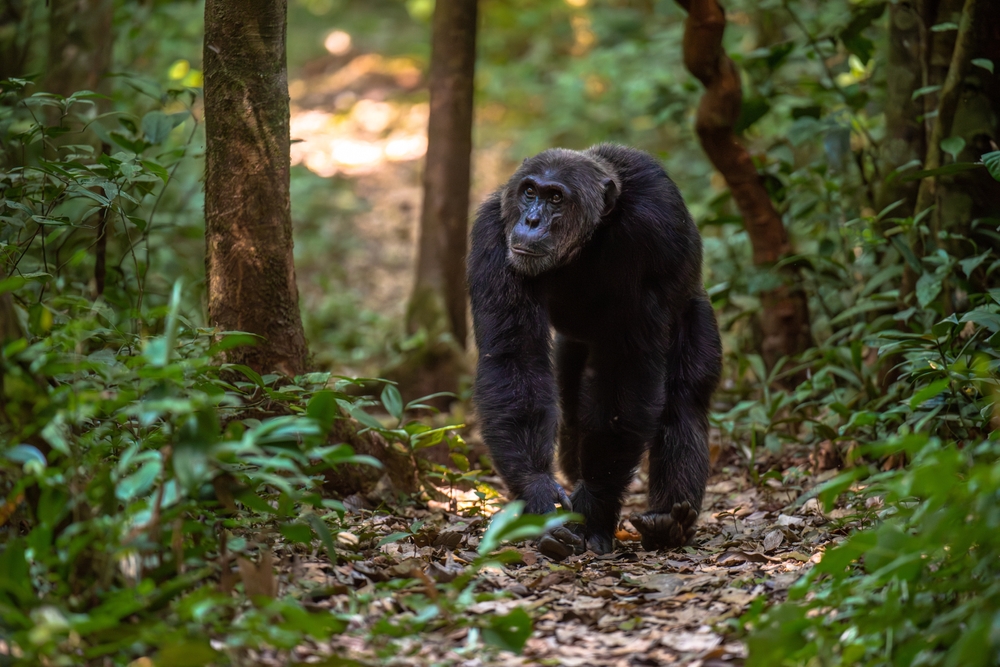Taï Overview
Taï National Park, locally known as “Parc National de Taï”, is one of the most significant conservation areas in West Africa and a UNESCO World Heritage Site since 1982. Located in the southwestern region of Côte d’Ivoire (Ivory Coast), near the border with Liberia, the park covers approximately 3,300 square kilometers (1,274 square miles). It is among the last remaining areas of primary rainforest in West Africa, offering an extraordinary glimpse into a once-vast ecosystem.
The park’s terrain is characterized by dense tropical rainforest, rolling hills, and riverine landscapes. Its rich soil supports towering trees, including mahogany, kapok, and ebony, which form a lush, multi-layered canopy. Beneath this canopy lies a dense understory of shrubs, ferns, and lianas, creating a verdant and humid environment teeming with life. Rivers and streams meander through the park, adding to its ecological diversity and serving as critical water sources for its inhabitants.
Taï National Park is a biodiversity hotspot, home to an incredible variety of species, many of which are endangered or endemic. The park is renowned for its population of western chimpanzees, which exhibit remarkable tool-use behaviors and are a focus of long-term research. Other iconic mammals include forest elephants, pygmy hippos, leopards, and duikers. Birdlife is equally diverse, with species such as hornbills, kingfishers, and the African grey parrot inhabiting the forest canopy. Reptiles, amphibians, and countless invertebrates add to the park’s ecological richness, making it a critical refuge for global biodiversity.
Visitors to Taï National Park can engage with its natural beauty through guided tours, wildlife observation excursions, and hiking trails. Expert-led chimpanzee tracking is a highlight, offering a rare opportunity to observe these primates in their natural habitat. Birdwatching enthusiasts will appreciate the park’s avian diversity, while researchers and eco-tourists alike are drawn to its unique ecosystems. Educational programs and interactive experiences provide insights into the park’s ecological importance and conservation efforts.
Despite its ecological significance, Taï National Park faces numerous challenges. Deforestation, agricultural encroachment, and poaching have historically threatened its biodiversity. Human-wildlife conflict has also emerged as a pressing issue, as communities expand agricultural activities near park boundaries. Climate change exacerbates these pressures, altering rainfall patterns and threatening water availability. Conservation efforts led by the Ivorian government, UNESCO, and international organizations have focused on habitat restoration, anti-poaching patrols, and community engagement programs. Research initiatives, particularly on chimpanzees, have garnered global attention, contributing to the park’s conservation success. Promoting eco-tourism has also provided a sustainable revenue stream while raising awareness of the park’s value.
Taï National Park is a cornerstone of Côte d’Ivoire’s natural heritage and a vital global biodiversity reserve. Its dense rainforests, rare wildlife, and cultural significance make it a must-visit destination for nature enthusiasts and a critical area for conservation. Protecting Taï ensures the survival of its unique ecosystems and supports broader efforts to combat climate change and biodiversity loss.


















































































